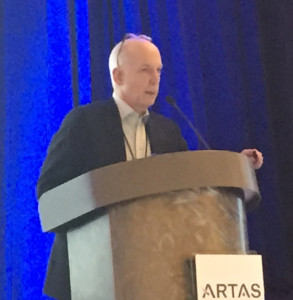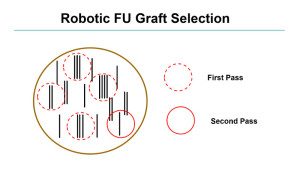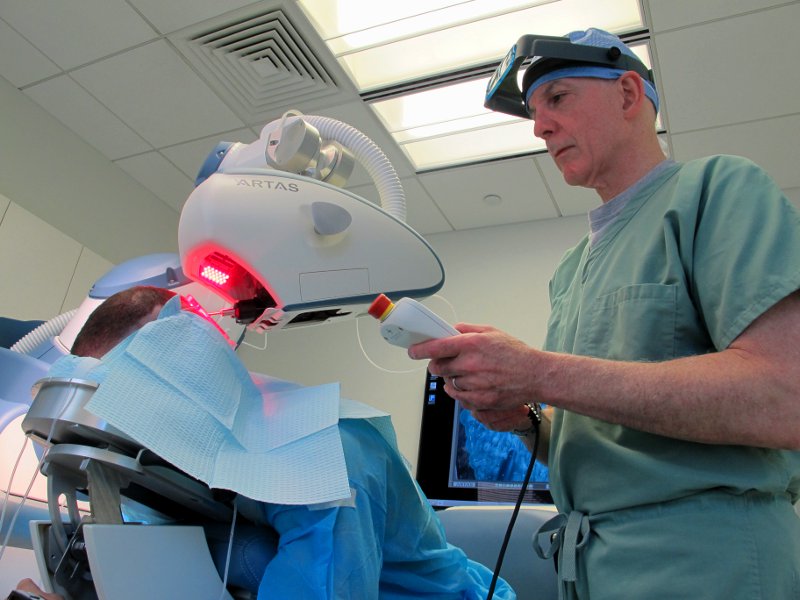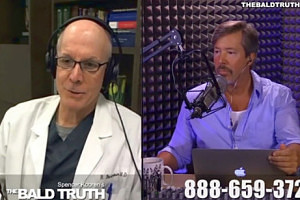The following are excerpts from a recent interview with Dr. Bernstein. The oral text was modified for readability.
Part 1
Hair Loss in the Younger Person
Interviewer: I brought a fair number of questions related to aspects of androgenetic alopecia and hair transplantation, but I will also ask you some questions regarding two other types of hair loss, like alopecia areata and cicatricial alopecia. Most of our listeners are fairly educated about the different hair restoration options available to them, so I’ll tailor my questions primarily for this type of audience.
The first question that I want to direct here is the dilemma that many young people face when they’re losing their hair and are considering getting a hair transplant. They typically don’t know the degree to which their hair loss is going to progress. When you’re in your 20s and 30s, you want to have a decently low-running hairline and you want to have a crown that looks full. But given that you don’t know how far your hair loss is going to go, how would you address this scenario for people in that age range?
Dr. Bernstein: That is the main problem with treating younger people. We don’t really know how they’re going to progress. It is so important to wait, usually until the person is 23 to 25 before you can really get a sense of how much hair loss they are going to lose. And even at that age it’s sometimes very difficult to tell. That’s even after considering things such as family history.
A problem with treating a younger person with surgical hair restoration is that they often want things that are unrealistic. A person in their 20s is what we call “backward-looking.” They’re looking to when they were a teenager and they want their flat hairline back and all their old density. But hair transplants are forward-looking. We need to consider what they’re going to be like in ten or twenty years – not how they looked in the past.
A density and a transplanted hairline that would be appropriate for someone older, is obviously not going to be satisfactory for someone that is younger, so it’s really best to wait on hair transplant surgery. Fortunately, there are some other good hair restoration treatments, such as medication, and that’s what the focus should be on in a younger person.
Interviewer: A lot of people are in that situation and are considering hair transplants. I guess the hard thing to do is convey to them your point that they really should be forward-looking instead of backwards-looking and maybe they will have to settle for a somewhat higher one than they originally thought so that it will be good on the long-term.
The Donor Area in a Hair Transplant
With regards to the donor area, it’s sort of been spread as gospel that hair from this area is completely immune to thinning and hair loss. Is this really the case? For instance, there are people in their 50s and beyond who still have relatively thick hair in that area, the donor area still appears thinner than it was when they were younger. I look at my own father, for instance, as an example. His donor area is obviously still relatively thick, but he has less hair in that area. So when you’re young, and you transplant hair from that area, can you expect some of those transplanted hairs to fall out?
Dr. Bernstein: The donor area in hair transplantation, for most people is, in fact, permanent in that the hair that is transplanted will remain. What happens, though, is that in the course of one’s lifetime, that hair will change in quality. So the hair actually thins out over time. It’s not miniaturization in the sense that hair that’s being lost to genetic hair loss is miniaturized, but there’s a change that we call “senile alopecia” where the hair changes in diameter. It is more of a uniform change than we see in typical androgenetic change and so over time the donor area and, therefore, the transplanted area as well, will appear thinner.
That said, it’s still important to identify the fact that some patients will actually lose a significant amount of hair in the donor area. We call those people DUPA or diffuse unpatterned hair loss. What that means is that the androgenetic related process that is occurring on the front and top of the scalp is also affecting the back and the sides. It is really important to identify those patients because those with DUPA are not candidates for hair transplantation, since the hair transplants are only as good as the hair in the donor area. If the hair in the back and sides thins or falls out over time, so will the transplanted hair.
DUPA or diffuse unpatterned hair loss can be identified by Densitometry. Essentially what that is, is clipping a little bit of hair from the donor area and seeing if there are changes in hair shaft diameter at a young age. If the miniaturization (decrease in hair diameter) exceeds about thirty percent, it’s very suggestive of this type of hair loss. It’s also much easier to pick up this condition when someone is a little older, which is another argument for not performing a hair transplant on someone who is too young.
Interviewer: So how long does it take to determine if someone will have extensive hair loss and possibly not be a good candidate for a hair transplant. I mean, when you first take the initial sample, how long do you have to wait before you check again to see if it actually happens?
Dr. Bernstein: Generally, the first thing that a young person will notice is decreased hair volume. They will complain “I feel like I have less hair” or “when I go to the barber, he says I’m thinning,” or “when I run my fingers or comb through my hair, it seems like its thinner”. At this point, it is usually easily confirmable on densitometry. We can find increased miniaturization in the donor area. And this can sometimes occur as early as 14 or 15 years old. So it really can occur very early and, unfortunately, those patients are usually going to become very bald – usually at a young age.
The good thing is that if you have very thin hair all over, it often doesn’t look as bad as having dense hair on the back and sides with a bald top. So even though people with diffuse unpatterned hair loss can lose lots of hair, they actually don’t do so badly since their hair is uniformly thin. And they sometimes respond well to medications, such as Propecia. Although this is not a permanent cure, it may at least get them through the critical years of their teens and early 20s.
Posted by Robert M. Bernstein M.D. 


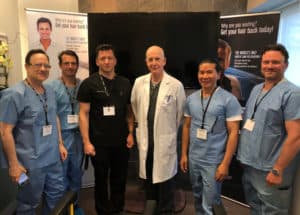
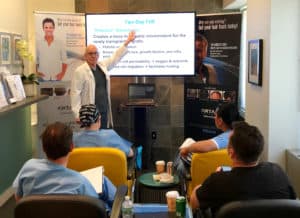
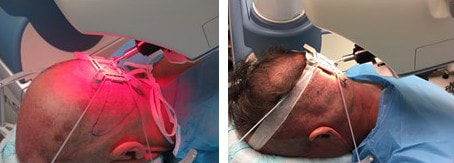 Previous versions of the robot used a red LED light (left), ARTAS 9x uses a white light (right)
Previous versions of the robot used a red LED light (left), ARTAS 9x uses a white light (right)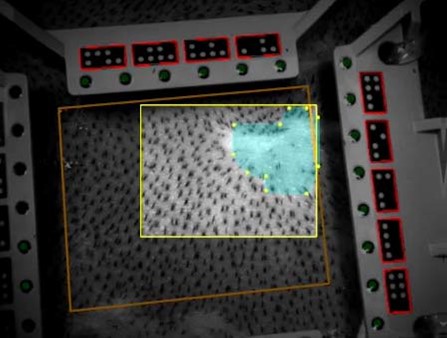 ARTAS 9x detects and blocks harvesting from areas with scarring
ARTAS 9x detects and blocks harvesting from areas with scarring
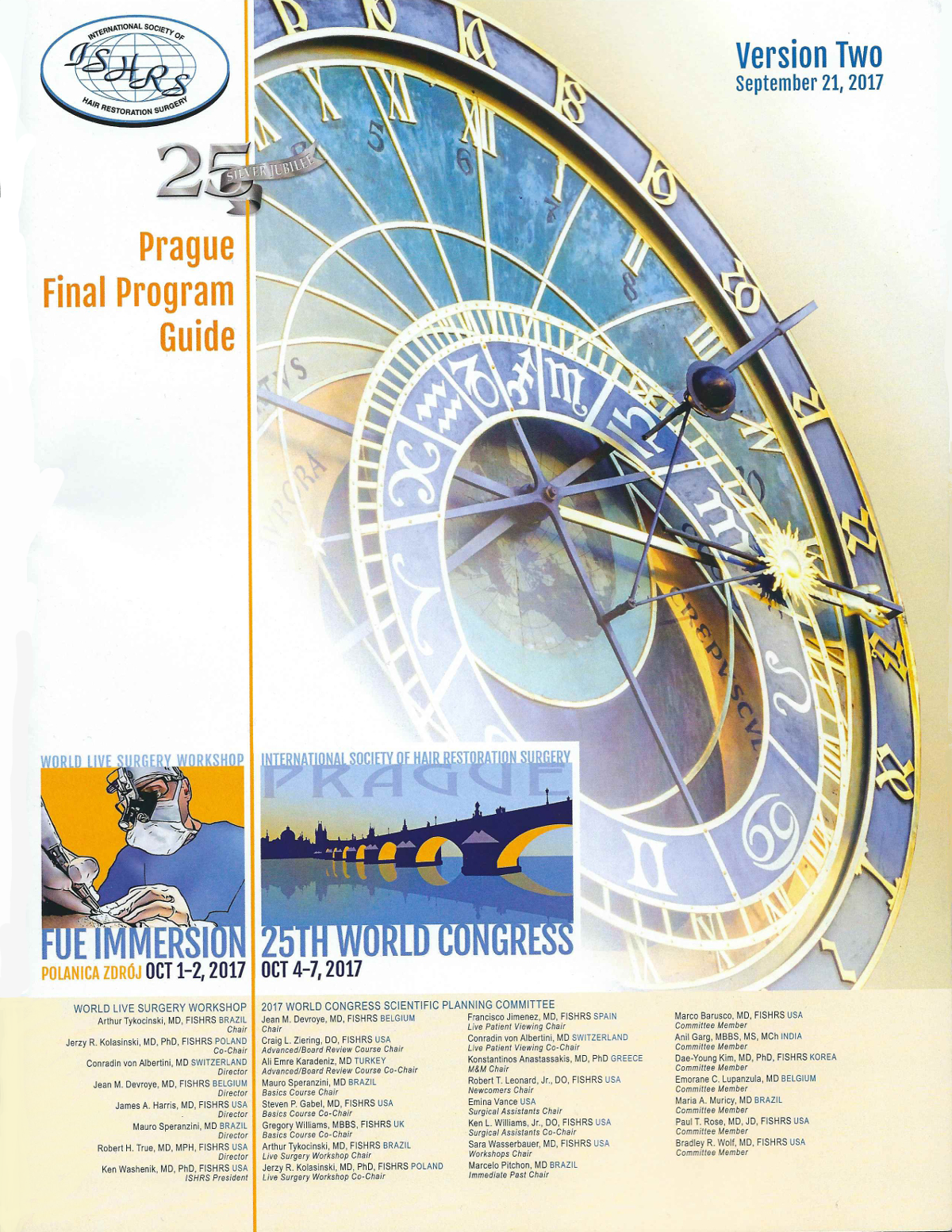


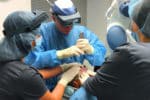 Video: Tensioner Placement
Video: Tensioner Placement
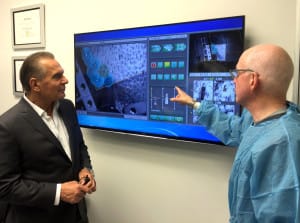

 New York, NY —
New York, NY — 